These designer-approved small living room lighting ideas will instantly make your space feel bigger and brighter
The size of your living room doesn’t have to limit your style – these clever lighting tricks will have big impact in a small space
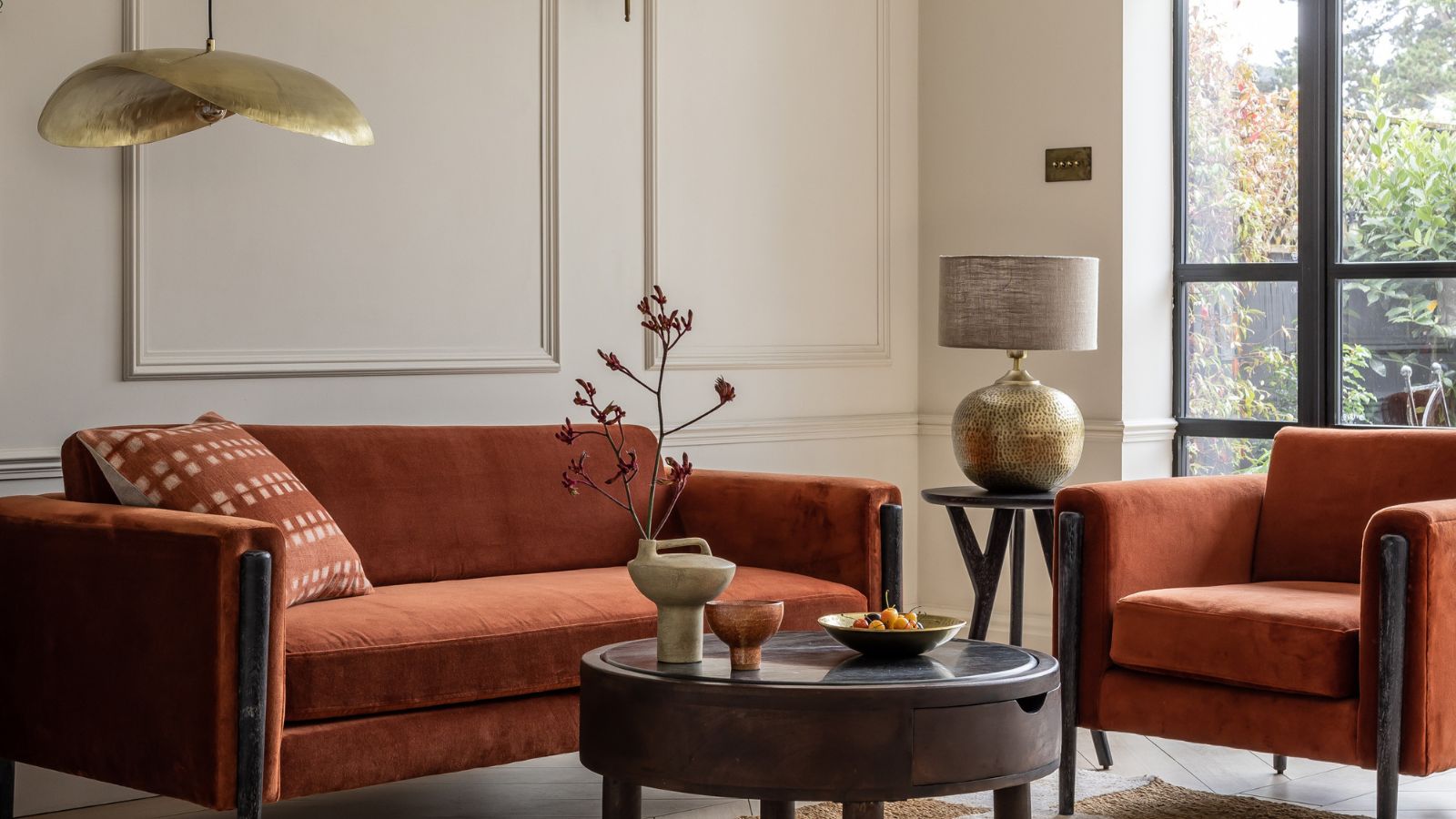
- 1. Use a combination of ambient, task and accent lighting in a small living room
- 2. Always balance style with practicality
- 3. Use wall lights to free up valuable floor space
- 4. Play with scale and add an oversized light
- 5. Be creative with height and positioning
- 6. Incorporate rechargeable and multifunctional lighting
- 7. Choose lighting with the right colour temperature
- 8. Use mirrors and reflective surfaces
- 9. Define zones with lighting
- 10. Make the most of natural light
Choosing the right lighting for a small living room is key to making the most of those compact proportions, turning them into an asset rather than a limitation.
Clever lighting sets the tone and defines the atmosphere in your home, all while ensuring a small living room feels thoughtful and considered. At one end of the scale, statement pendants make a bold impact; at the other, subtle wall fittings save precious floor space. So where do you begin when planning your lighting in a bijou living room space?
We’ve gathered expert advice from designers and lighting specialists to show you how to create lighting schemes that balance practicality with personality, no matter how modest your living room’s footprint.
1. Use a combination of ambient, task and accent lighting in a small living room
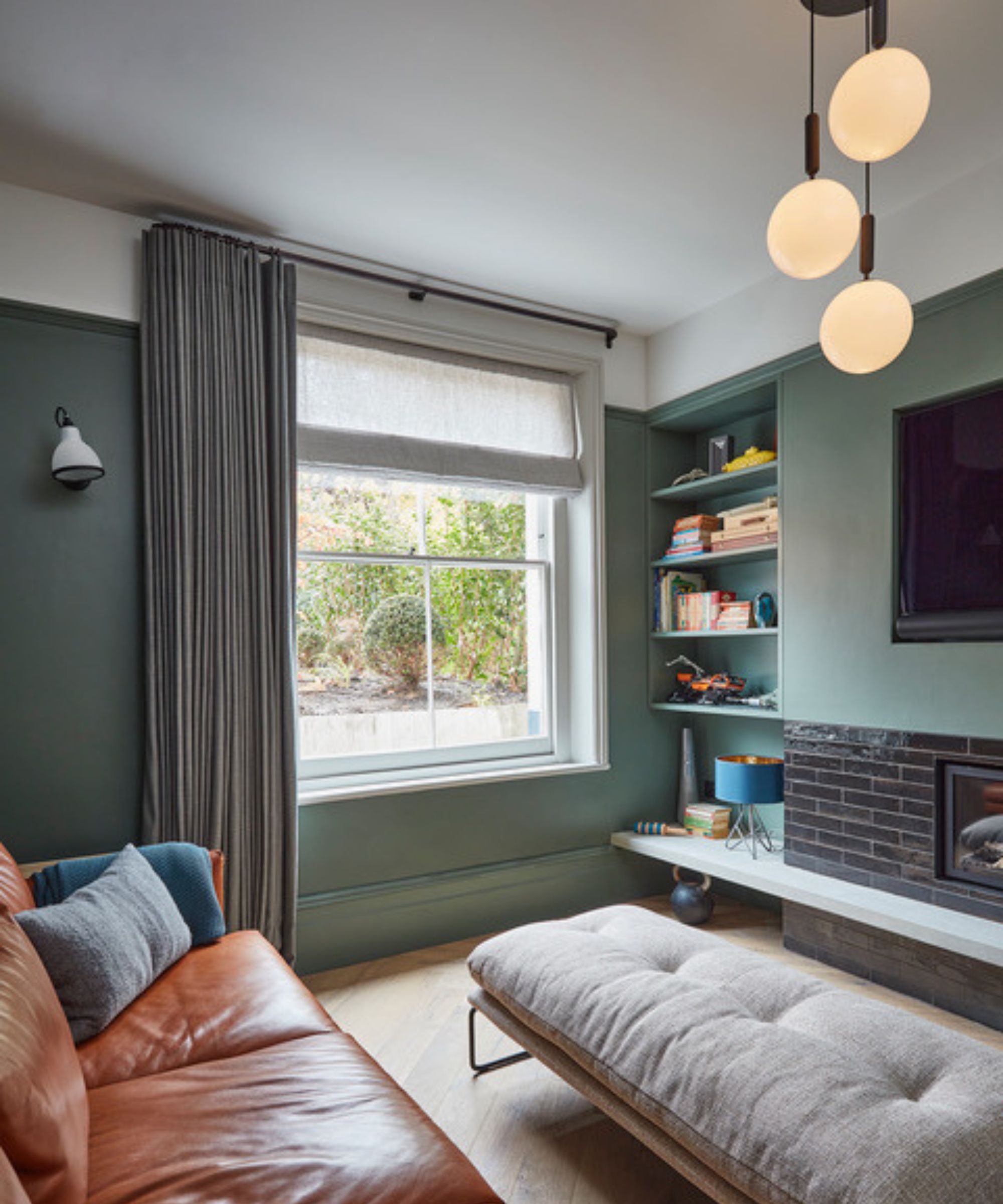
When you’re working with a compact living room, relying on a single ceiling light is one of the quickest ways to make the space feel flat and uninviting. Instead, Danielle Le Vaillant, head of photography & film at Cox & Cox, says the answer lies in layering light: “You should try to combine ambient (ceiling lights), task (floor/table lamps), and accent (wall sconces, LED strips) to eliminate shadows and create depth.”
Before you get carried away with too many fittings in your lighting design, Sophie Chapman, interior designer at The Vawdrey House, warns against overwhelming a small room. Instead, she suggests: “Directional ceiling spots are a clever way to highlight artwork while saving floor space. Table and floor lamps instantly create ambience, especially if wired to 5-amp sockets for easy control. And if you’re not embarking on a full refurb, plug-in wall lights are a brilliant space-saving solution to add decorative or reading light without chasing cables into the walls.”
And if you want to go beyond the usual suspects, try getting creative with decorative light fittings. “These tend to offer more textures, highlights and lowlights than the traditional overhead light,” explains Molly Albin, stylist and photographer at Festive Lights. “Incorporating strip lights with candles and novelty lights are a great start. Decorative lighting such as twig lights create a soft, cosy base while the LED bulbs help to cast a subtle glow from different corners of the room.”

Danielle Le Vaillant is Head of Photography & Film at Cox & Cox, where she has spent over a decade helping to showcase the brand’s distinctive furniture, lighting and homeware collections.

A founding member of The Vawdrey House, Sophie oversees the design team bringing her trademark energy & creativity to projects. With a BA in Interior Design & Environmental Architecture, Sophie develops unique furniture packages, styles projects & loves sourcing trips to antique fairs & French brocantes.
2. Always balance style with practicality
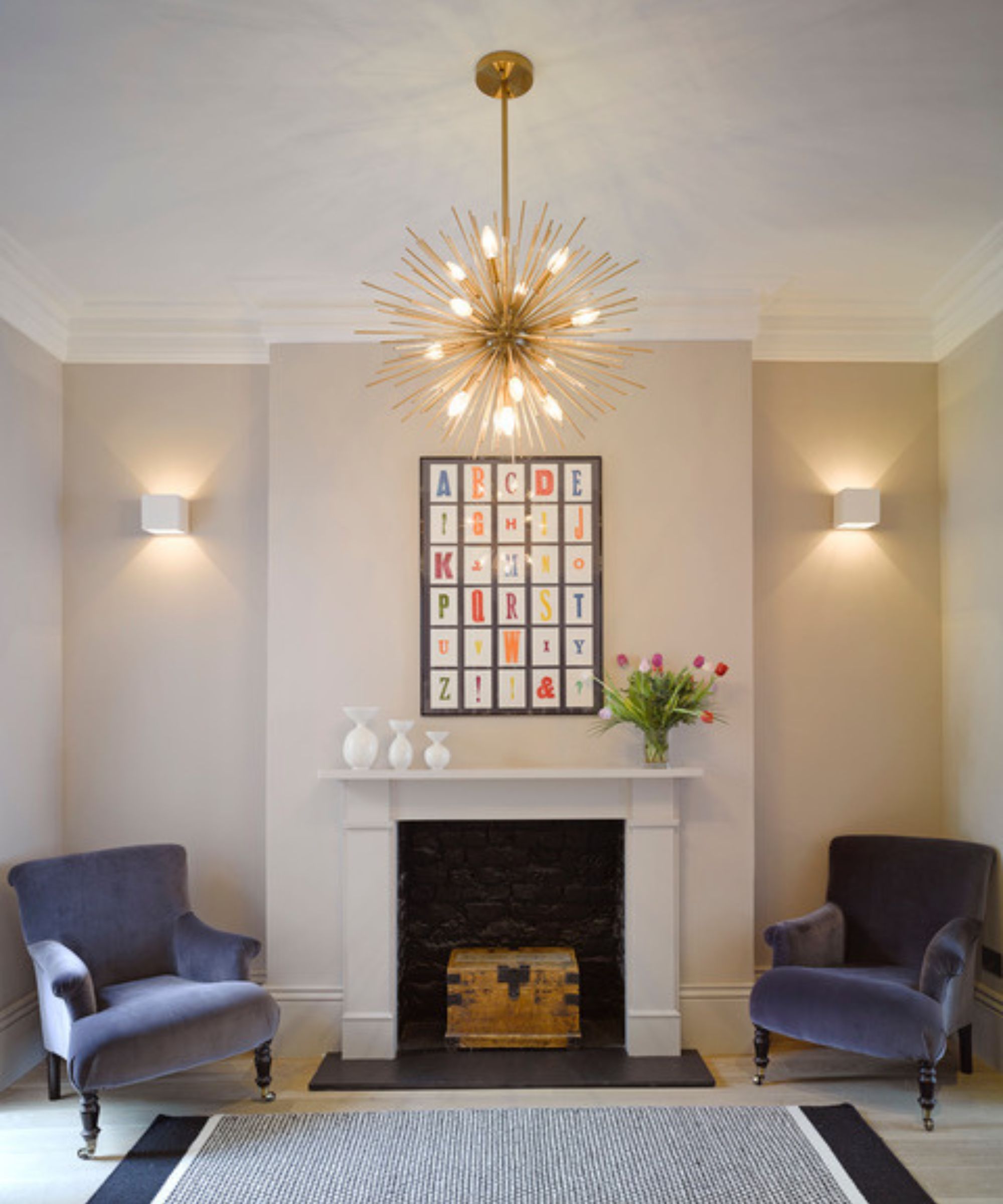
When space is limited, lighting needs to work twice as hard, and while looking good is important, function should always come first.
Bring your dream home to life with expert advice, how to guides and design inspiration. Sign up for our newsletter and get two free tickets to a Homebuilding & Renovating Show near you.
“In a small space, it’s crucial to position lighting thoughtfully,” explains James Kendall, operations director at KES Lighting & Home. “Lamps and fixtures should support how the room is used, whether that’s placing a floor lamp beside your favourite reading chair or avoiding glare on the TV by opting for indirect lighting.
"While statement fixtures can be a beautiful addition, they should never come at the expense of function. We always advise striking a balance between style and practicality, ensuring the lighting not only looks great but also meets the needs of the space.”

As operations director at KES Lighting & Home, James Kendall is well placed to offer expert guidance on all aspects of home lighting. James understands just how transformative lighting is in the home, and has the experience and expertise to transform any space with ideas that range from modern through to traditional.
3. Use wall lights to free up valuable living room floor space
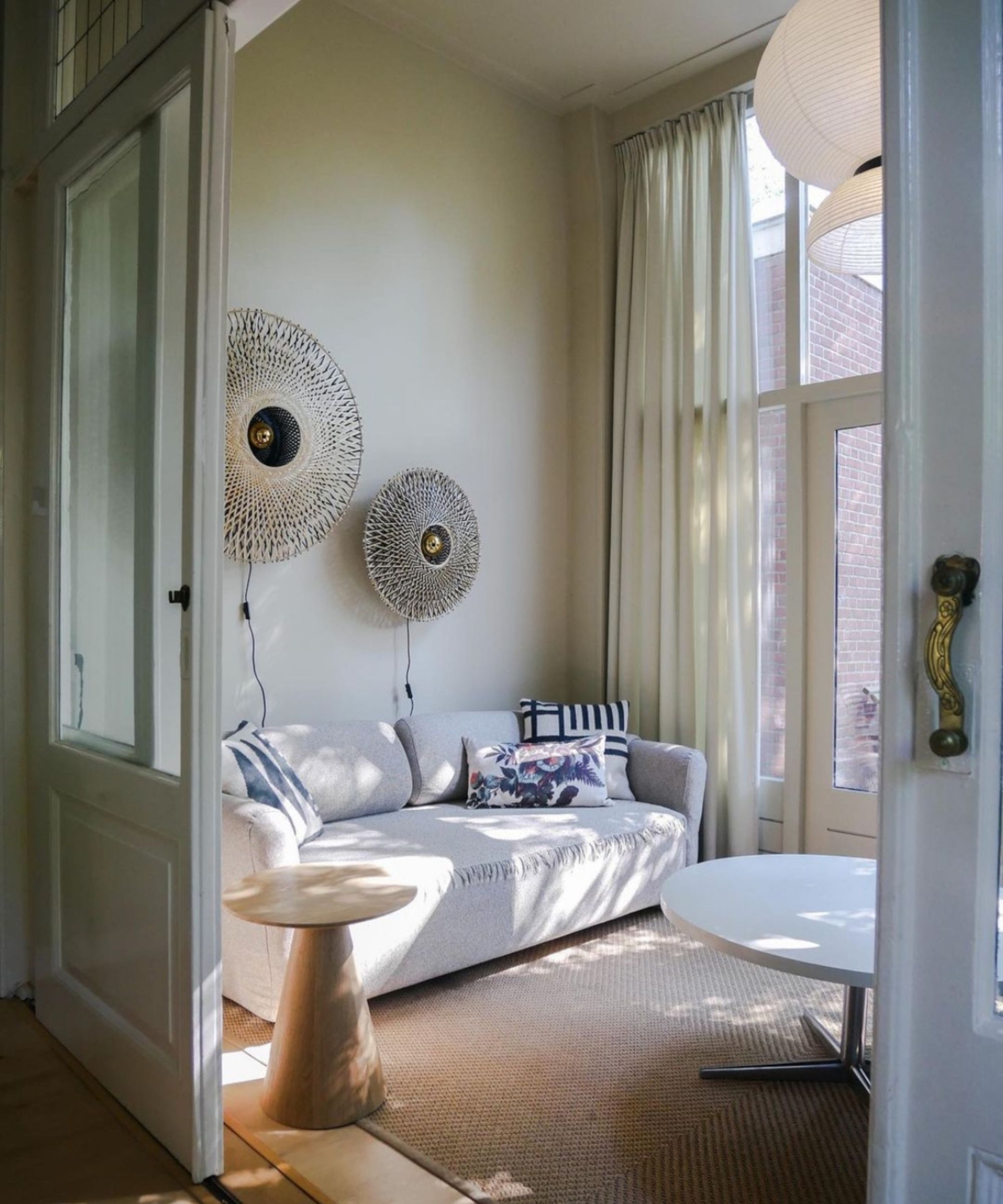
When space is at a premium, try to make every surface count. Living room wall lighting is a smart way to bring in light without taking up valuable surfaces.
“Avoid using too many floor or table lights, as they will add visual clutter to a room and occupy much needed floor space,” warns Sam Garbutt, lighting expert at LED & Power. “In contrast, wall lights, especially ones with decorative designs, can help to draw the eye out towards the edges of a room to expand the illusion of space.”
It’s not just about practicality either, as wall lights can double as design features. Danielle Le Vaillant explains: “Wall fixtures that can be painted to match the walls will create architectural interest and are a practical way to add light without looking over-fussy.”

Having worked in lighting since 2016, Sam, who is a director at LED & Power, has a wide range of knowledge regarding the best lighting practices to create a practical and aesthetically pleasing space.
Brighten a space with these wall lights
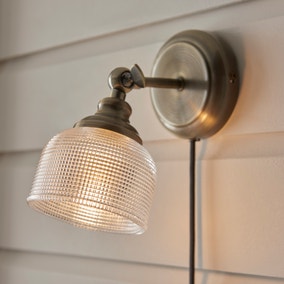
You won't need an electrician for this light as it simply plugs in for ease of use. The head of the light can be adjusted so you can direct the light where it's needed most, making it perfect as a reading light next to a sofa or armchair.
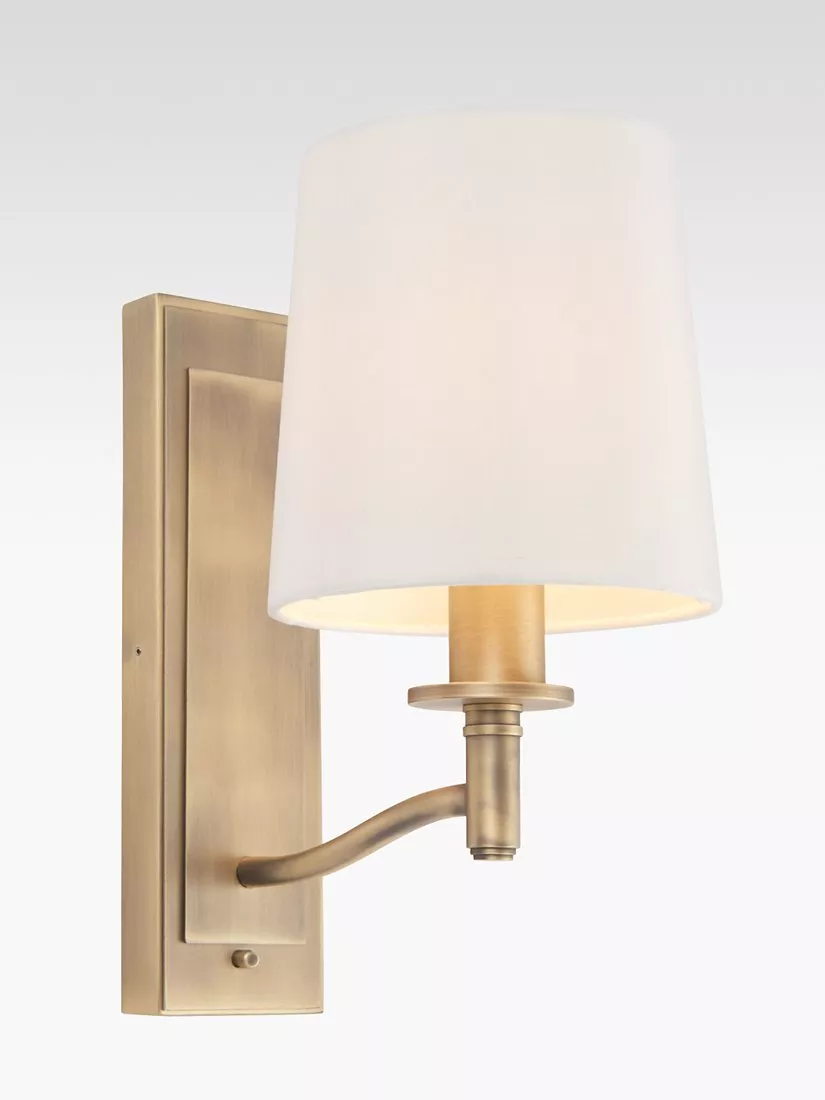
With its Antique Brass finish and vintage faux silk shade, this elegant wall light would suit a classic living room scheme. The wired design is operated by a simple toggle switch. Comes with a two-year guarantee.
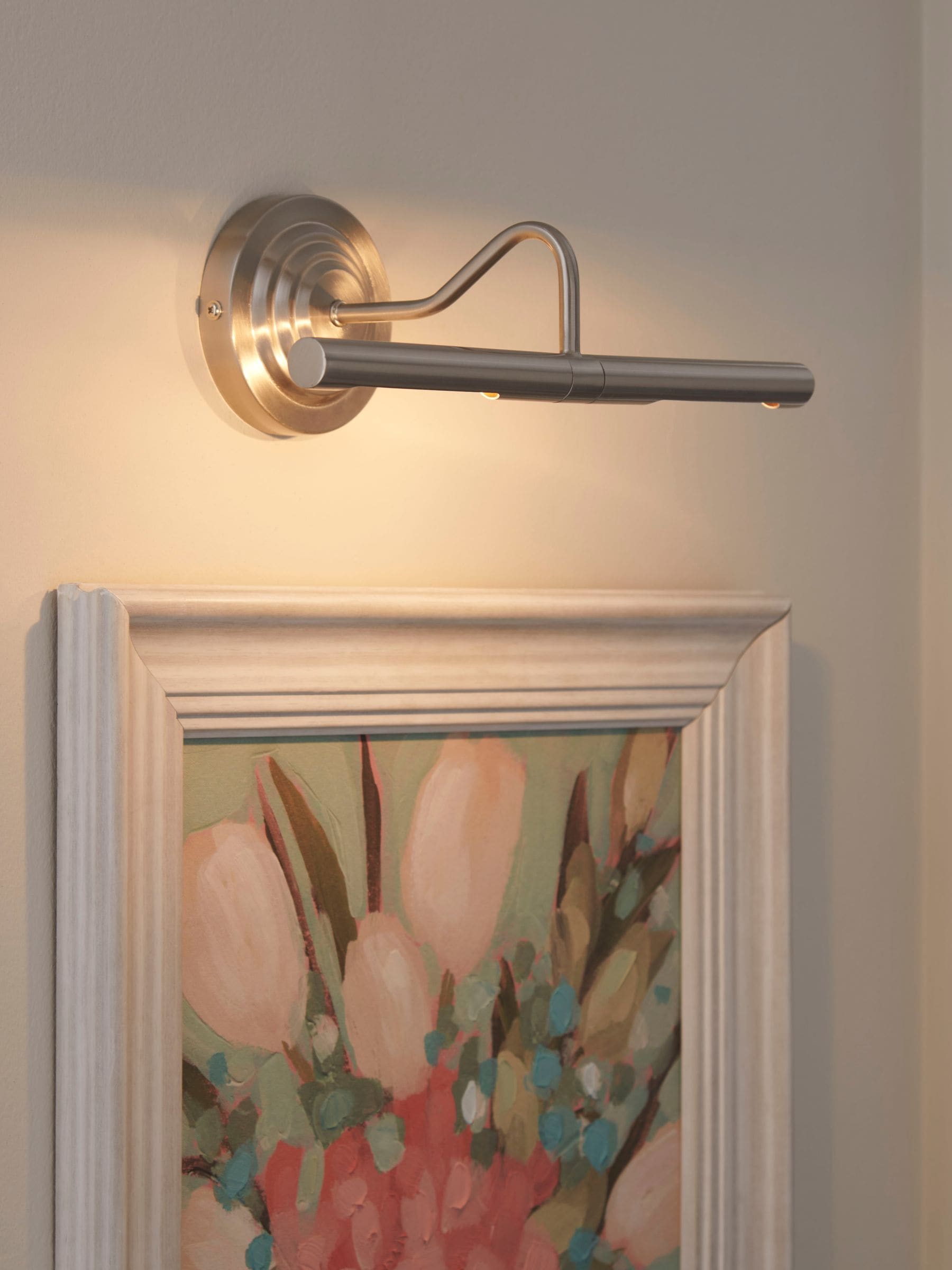
A great way for injecting additional light into your small living room and for showing off your favourite artwork, this two-light design has a brushed nickel finish.
4. Play with scale and add an oversized light
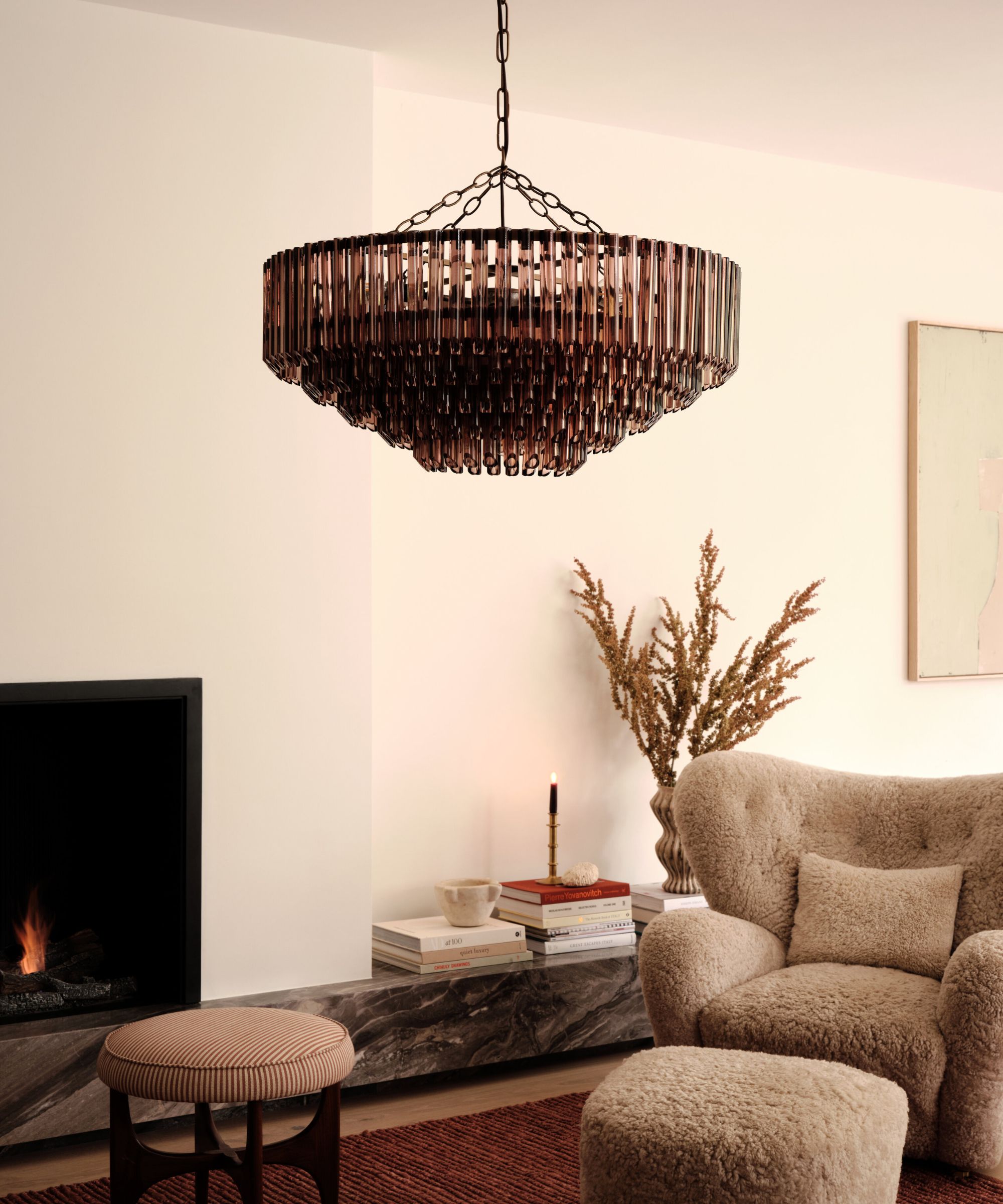
“A striking lighting feature can make the perfect focal point to expand the appearance of your living room,” says Sam Garbutt. “Place an eye-catching lighting feature in the centre of your ceiling to attract the eye upwards and distract away from the size of your living room. Decorative chandeliers are perfect for making a statement within a small living room, whilst offering an abundance of light and style to the space.”
When choosing a feature light for a compact room, look out for designs that balance impact with proportion. Ideally, you want something bold enough to draw attention, but not so oversized that it overwhelms the rest of the scheme and looks totally out of place.
5. Be creative with height and positioning
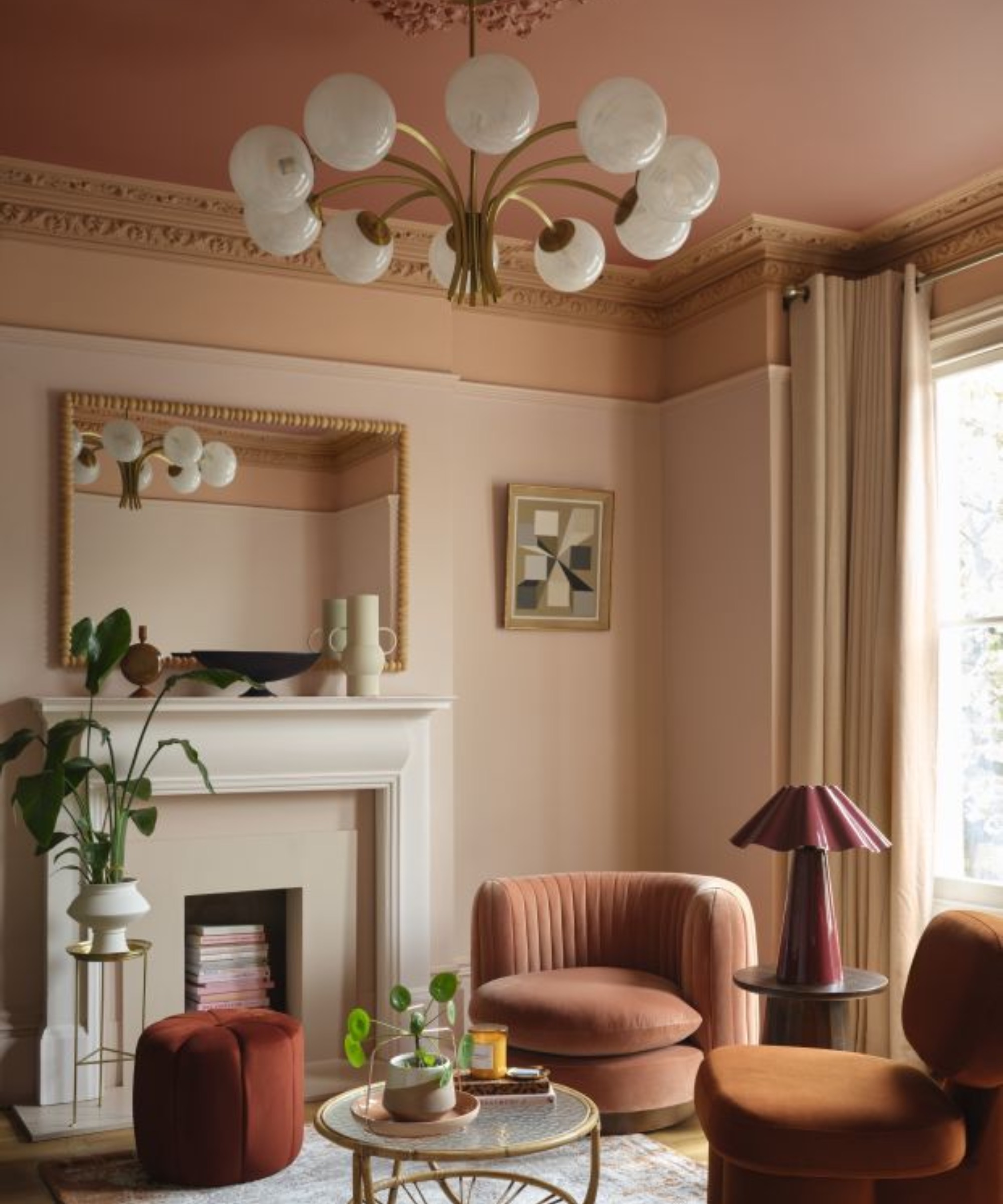
The right lighting doesn’t just come down to the fittings you choose but where you position them. Varying the height of your lights can add depth, create interest and subtly expand the feel of the whole living room.
“In a small space, start with overhead lighting, before moving to wall and shelf lighting and then leading to lowlights or decorative lighting,” suggests Molly Albin. “The look can also be achieved by grouping lights together throughout the room. From a cluster of candles to stylish lanterns and lamps in the corners of the room, keeping the clutter down and adding bursts of lights throughout the room will instantly make it look larger and more stylish.”
Danielle Le Vaillant from Cox & Cox agrees: “Positioning lights at varying heights can add interest and expand the space. I usually like to opt for minimalist fixtures – slim, unobtrusive lighting that doesn’t look busy or crowd the space.”

Molly is a photographer and stylist for Festive Lights Ltd, the UK's leading online lighting retailer for home, garden, security and seasonal lighting.
6. Incorporate rechargeable and multifunctional lighting
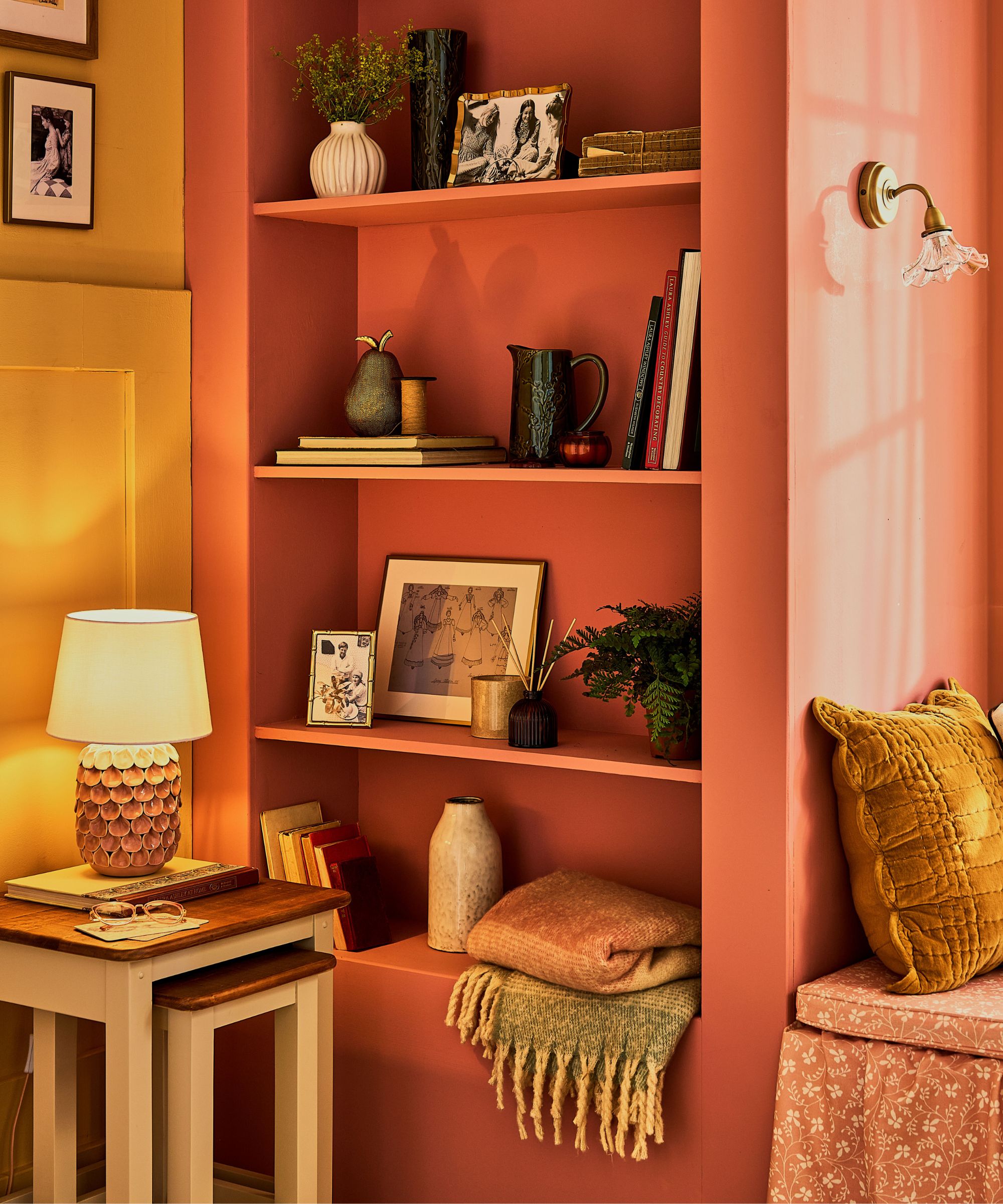
When space is scarce, flexibility is key. Rechargeable and multifunctional fittings allow you to adapt your lighting scheme as your needs change, without filling the room with extra fixtures or wires.
“Don’t overlook the new wave of rechargeable lamps,” says Sophie Chapman from The Vawdrey House. “They’re perfect for bookshelves or dark corners where wiring is tricky.”
Chris Bawden, founder at Simple Lighting, also emphasises the importance of multifunctional fittings: "In a compact living room, a single recessed track can replace several separate lamps, with the heads angled towards artwork, shelving or a reading nook. Multifunctional fittings, such as track lights with adjustable heads, keep the layout flexible without cluttering it with multiple fixtures.”
Together, these options provide maximum versatility, giving you light exactly where you need it, without adding unnecessary bulk.

With over 15 years of experience in lighting and interiors, Chris Bawden specialises in energy-efficient solutions that combine style, sustainability, and functionality. Chris is the founder of Simple Lighting, with 15+ years of experience in energy-efficient lighting, interior trends, and ecommerce growth. He’s a trusted voice on how lighting transforms spaces – and how to build brands that last.
Shop rechargeable lights
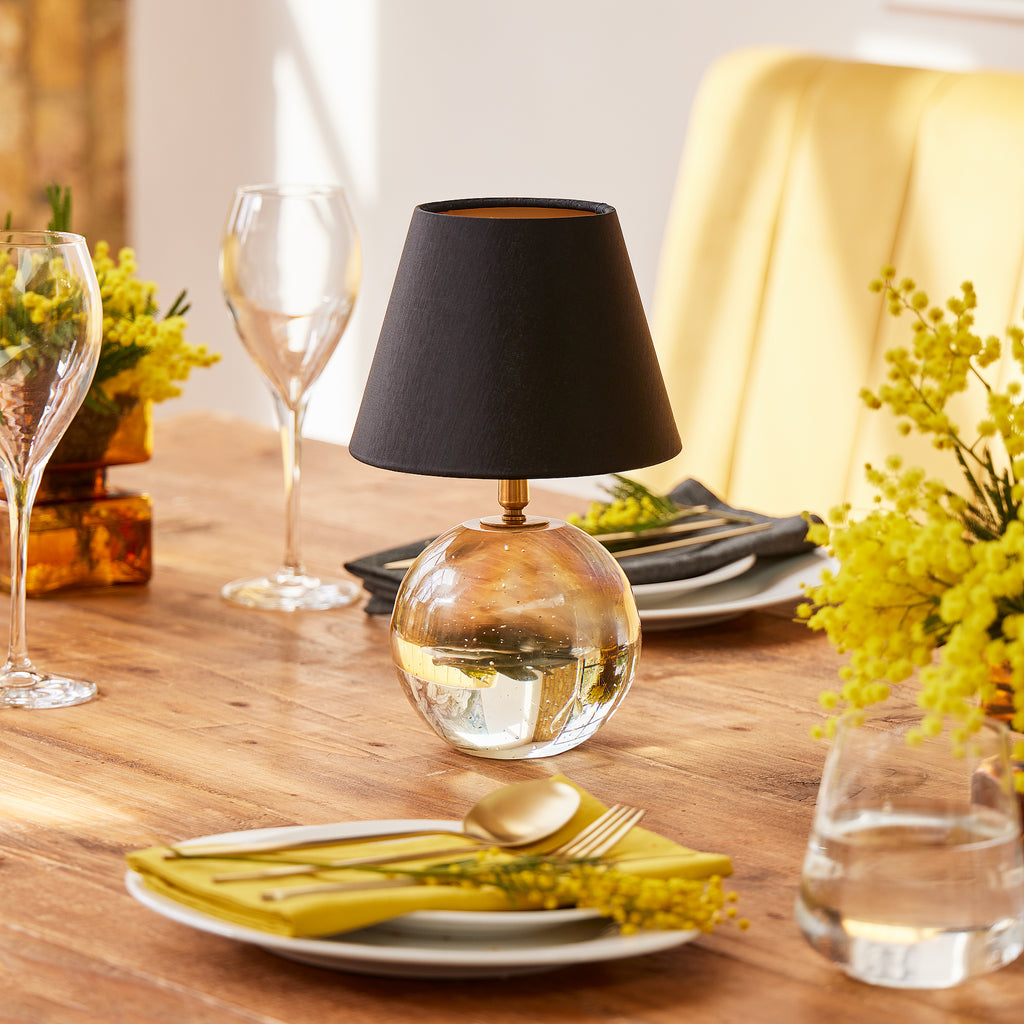
Offering around 15 hours of charge, this elegant lamp also comes with a remote for ease of use. Add a shade of your choice to finish the look.
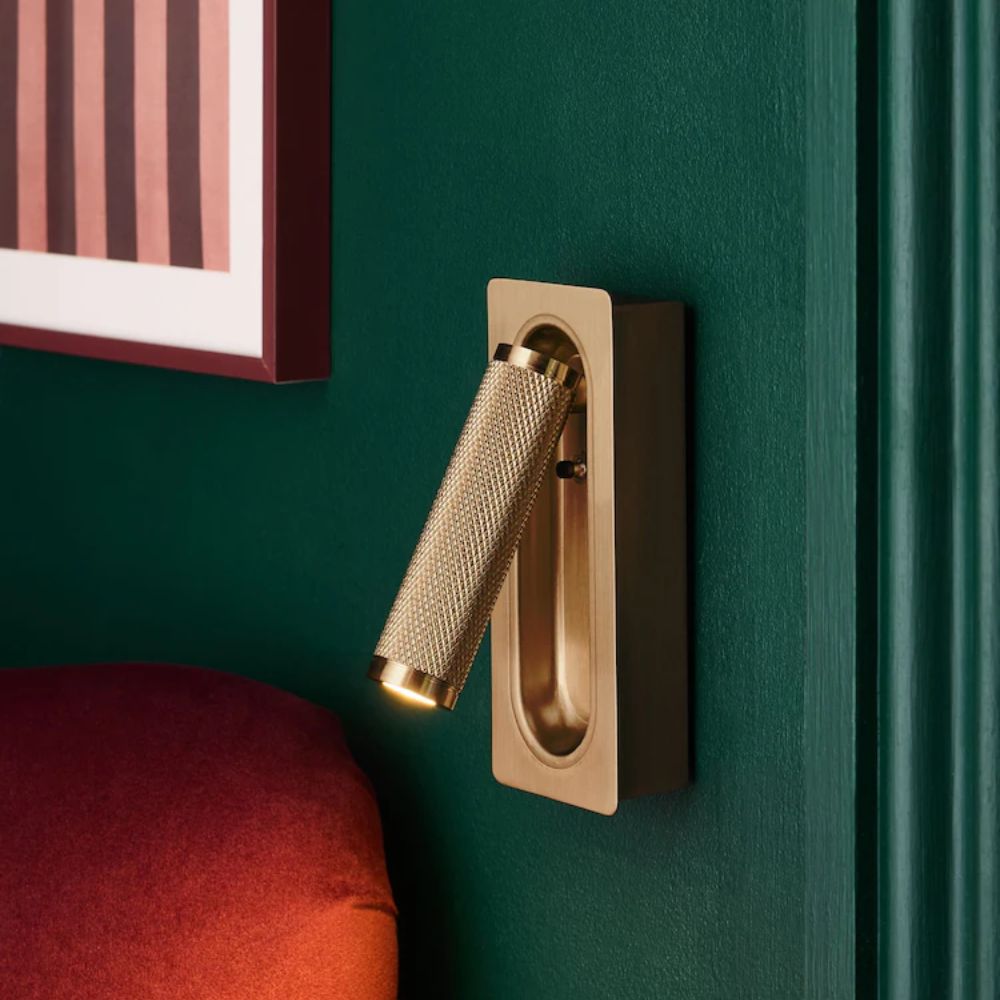
With its brass-finish offering an on-trend look, this wall light doesn't require a plug socket and can be easily positioned where you need it most in your living room.

After a four-hour charge period, this stylish glass shade lamp offers up to eight hours of light. Has a touch control so you can adjust the colour of the light.
7. Choose lighting with the right colour temperature
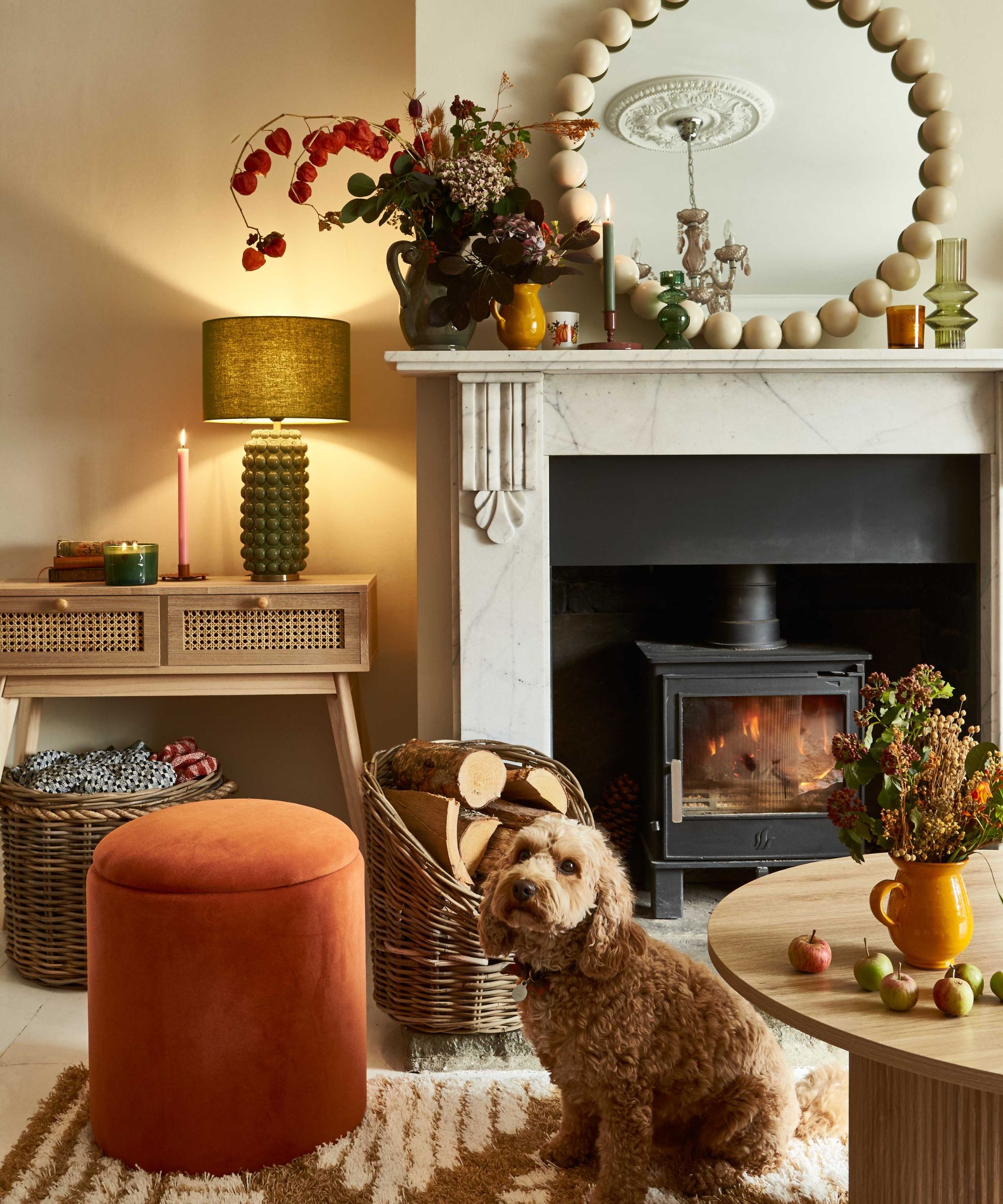
It’s not only the fixtures that matters, but the tone of your lights. The right lighting temperature has the power to make a modest living room feel airy or cocooning.
“Colour temperature can have a big impact on how a room is perceived,” explains Sam Garbutt, from LED & Power. “If you want to expand the appearance of space within your living room it’s best to choose a cool white light as this will brighten up the space. A bright living room creates a spacious and airy feel that can make the space feel much more expansive. Although, warm light offers a more cosy and intimate atmosphere, it has the potential to make a small room feel dark and cramped.”
The takeaway? Cooler tones will open up a smaller room, while warmer shades lean into cosiness, so it’s worth considering how you use the space most, and choosing bulbs that suit the mood you want to create.
8. Use reflective surfaces to amplify the light in a small living room
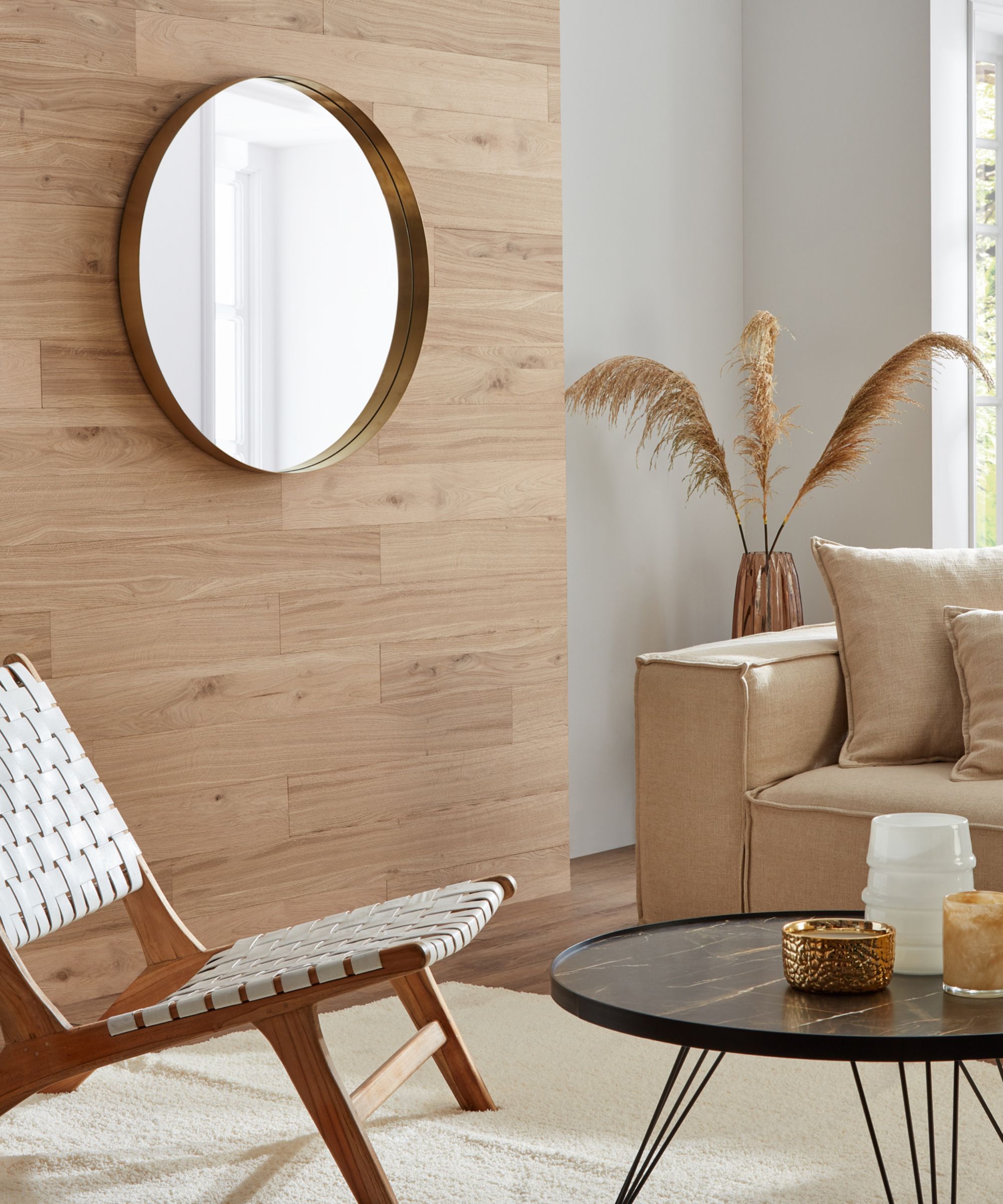
Sometimes the smartest way to improve your lighting scheme is to think beyond the lights themselves.
“Before thinking about lighting, you first need to get creative and create an illusion that your room is larger than it is,” explains Molly Albin, stylist and photographer at Festive Lights. “Mirrors and reflective surfaces are a great way of doing this."
According to Molly, mirrors bounce both natural and artificial light around the room, making a compact living area feel brighter and more dynamic. She suggests placing a mirror opposite a window, behind a statement lamp or alongside a wall light to instantly maximise the glow.
9. Define zones in a small living room with lighting
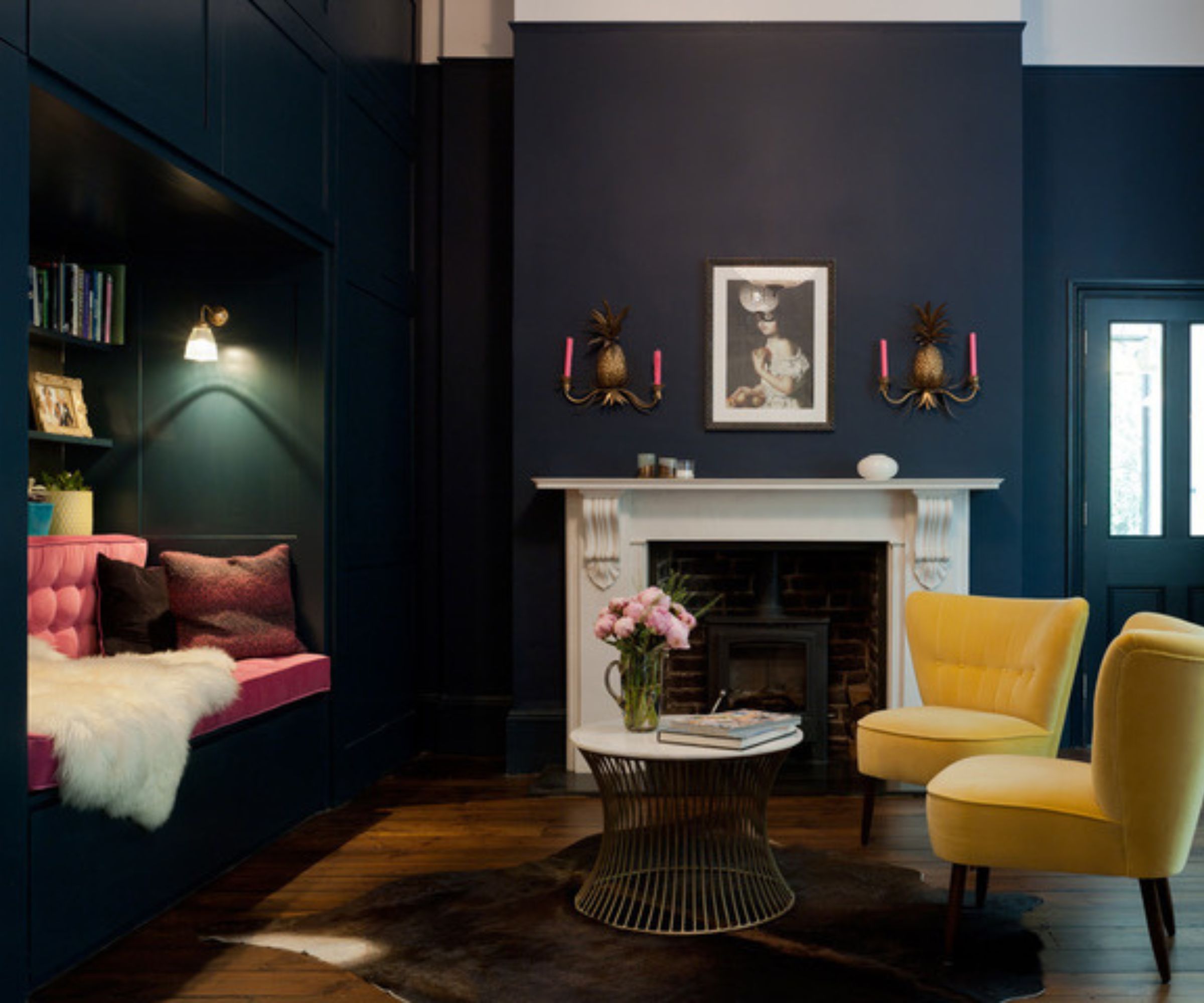
You don’t need a large, open-plan living room to create distinct zones. Clever lighting placement can define areas without relying on walls or bulky furniture. A single well-positioned lamp or pendant, for instance, can turn a quiet corner into a reading nook or highlight a seating area for entertaining.
“When first designing a smaller space, it’s best to assess what areas need task or ambient lighting, whether that’s a directional wall light, a sculptured pendant that casts beautiful shadows across the room, or a portable lamp that provides complete flexibility and allows you to move the light wherever necessary,” says Tom Raffield, Founder of Tom Raffield.
In the scheme pictured above, The Vawdrey House has put this idea into practice beautifully. A simple wall light transforms the built-in nook into a cosy reading spot, distinct from the main seating area. By pairing this with decorative sconces above the fireplace, the room feels carefully zoned without the need for partitions or extra furniture.
10. Make the most of natural light
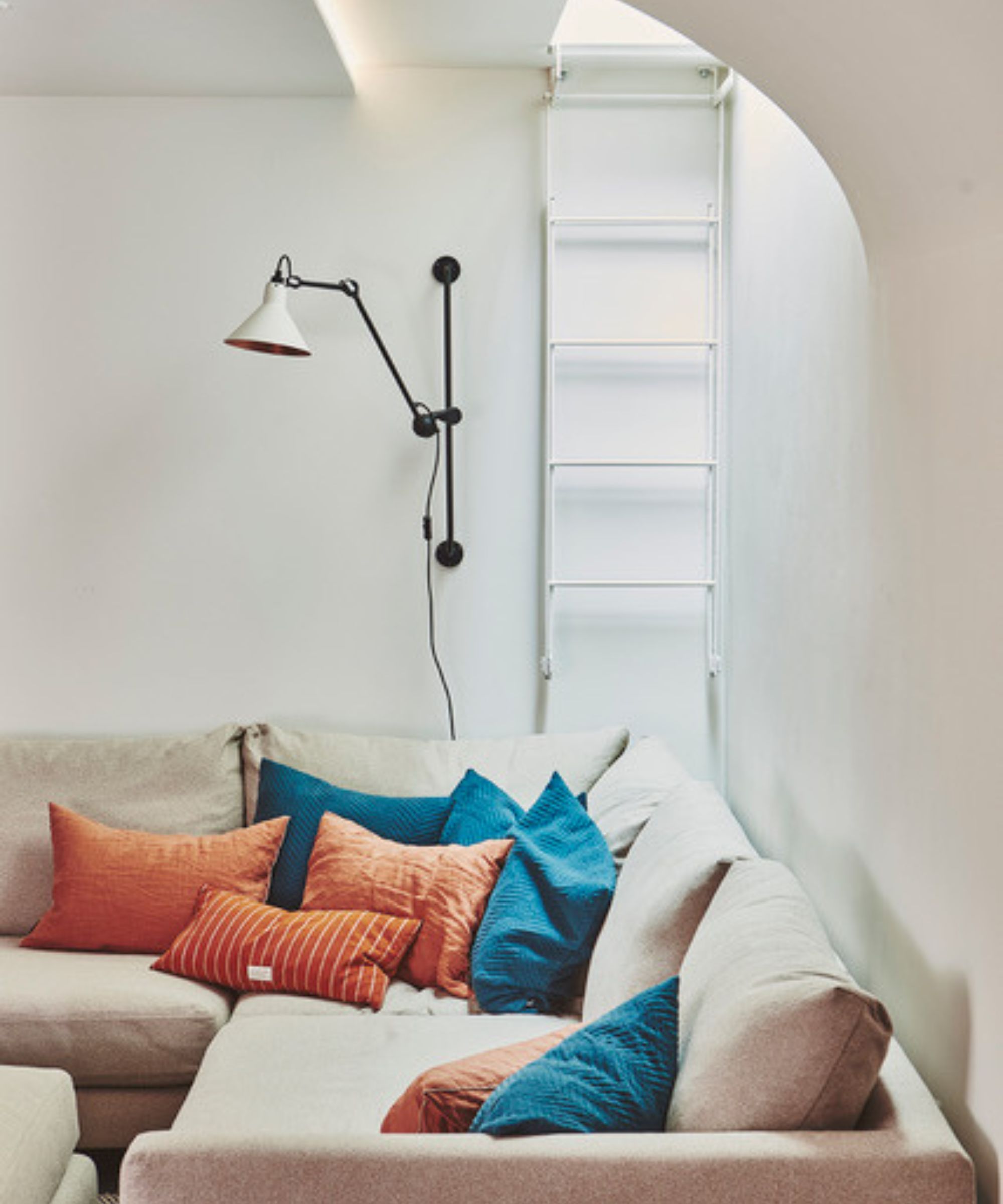
Artificial lighting can only do so much. Sometimes, you need a little natural light to make a space feel fresher and more inviting.
“Maximising natural light is crucial in a small living room,” says Victoria Robinson, style and trend expert at Hillarys. “One of my favourite ways to do this is to layer light-filtering blinds or voiles with heavier curtains. Voiles allow gentle daylight to fill the room and help diffuse harsh sunlight, creating a soft, inviting atmosphere.”
If your room lacks natural light altogether, for example in a basement conversion, consider architectural solutions such as skylights or light wells to brighten things up. These additions may require a lot more planning but they can completely transform the atmosphere of a confined space.

Victoria Robinson is a style and trend expert at Hillarys, with a background in product design for curtains and blinds. She has a keen eye for how lighting can amplify smaller spaces.
Avoiding common living room design mistakes is just as important as choosing the right lighting. From overcrowding your space with floor lamps to neglecting natural light, small adjustments can make a big difference to how your space feels.

Gabriella is an interiors journalist and has a wealth of experience creating interiors and renovation content. She was Homebuilding & Renovating's former Assistant Editor as well as the former Head of Solved at sister brand Homes & Gardens, where she wrote and edited content addressing key renovation, DIY and interior questions.
She’s spent the past decade crafting copy for interiors publications, award-winning architects, and leading UK homeware brands. She also served as the Content Manager for the ethical homeware brand Nkuku.
Gabriella is a DIY enthusiast and a lover of all things interior design. She has a particular passion for historic buildings and listed properties, and she is currently in the process of renovating a Grade II-listed Victorian coach house in the West Country.
